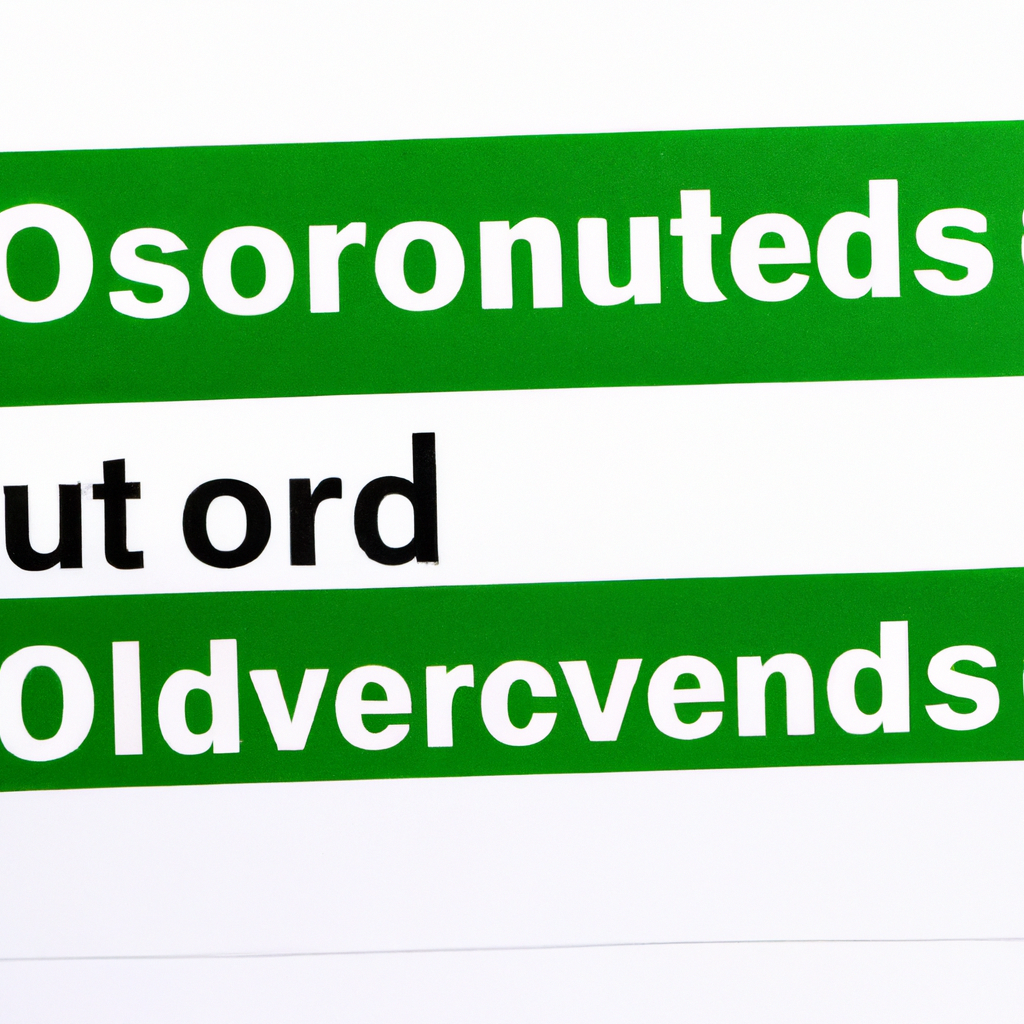Understanding Overbought and Oversold Conditions
When it comes to investing in the financial markets, it is crucial to have a good grasp of various technical indicators and market conditions. One such condition that traders often encounter is overbought and oversold conditions. These conditions can provide valuable insights into potential market reversals or corrections. In this article, we will explore what overbought and oversold conditions are and how to identify them.
What are Overbought and Oversold Conditions?
Overbought and oversold conditions are terms used in technical analysis to describe the state of a particular asset or market. These conditions suggest that the price of the asset has deviated significantly from its average or equilibrium level and is potentially due for a reversal or correction.
When an asset is considered overbought, it means that its price has risen too far, too fast, and may be reaching unsustainable levels. This often occurs when there is excessive buying pressure in the market, causing the price to surge beyond its intrinsic value. On the other hand, oversold conditions indicate that the price has fallen too much, too quickly, and may be due for a rebound. Oversold conditions typically occur when there is excessive selling pressure, causing the price to drop below its intrinsic value.
Identifying Overbought and Oversold Conditions
Traders and analysts use various technical indicators and tools to identify overbought and oversold conditions. Some commonly used indicators include the Relative Strength Index (RSI), Stochastic Oscillator, and Moving Average Convergence Divergence (MACD).
The Relative Strength Index (RSI) is a popular indicator that measures the magnitude of recent price changes to determine whether an asset is overbought or oversold. RSI values above 70 typically indicate overbought conditions, while values below 30 suggest oversold conditions. However, it is important to note that these thresholds may vary depending on the asset or market being analyzed.
The Stochastic Oscillator is another widely used indicator that compares the closing price of an asset to its price range over a specific period. Similar to the RSI, values above 80 are often considered overbought, while values below 20 indicate oversold conditions.
The Moving Average Convergence Divergence (MACD) is a trend-following momentum indicator that can also be used to identify overbought and oversold conditions. Traders often look for divergences between the MACD line and the price chart, which can signal potential reversals.
Implications of Overbought and Oversold Conditions
Understanding overbought and oversold conditions can be beneficial for traders and investors. When an asset is overbought, it suggests that buying pressure may be exhausted, and a price correction or reversal could be imminent. This could present an opportunity for traders to consider selling or taking profits. Conversely, when an asset is oversold, it indicates that selling pressure may have reached its limit, and a potential rebound or price recovery might occur. In such cases, traders may consider buying or entering long positions.
However, it is important to note that overbought and oversold conditions do not guarantee immediate reversals. Markets can remain in these conditions for extended periods, and prices can continue to rise or fall before a reversal occurs. Therefore, it is crucial to use overbought and oversold conditions in conjunction with other technical indicators and analysis techniques to make informed trading decisions.
Conclusion
Overbought and oversold conditions are essential concepts in technical analysis that can help traders identify potential market reversals or corrections. By using various indicators such as the RSI, Stochastic Oscillator, and MACD, traders can gauge the buying and selling pressure in the market and make informed trading decisions. However, it is important to remember that these conditions are not foolproof and should be used in conjunction with other analysis techniques for successful trading outcomes.



